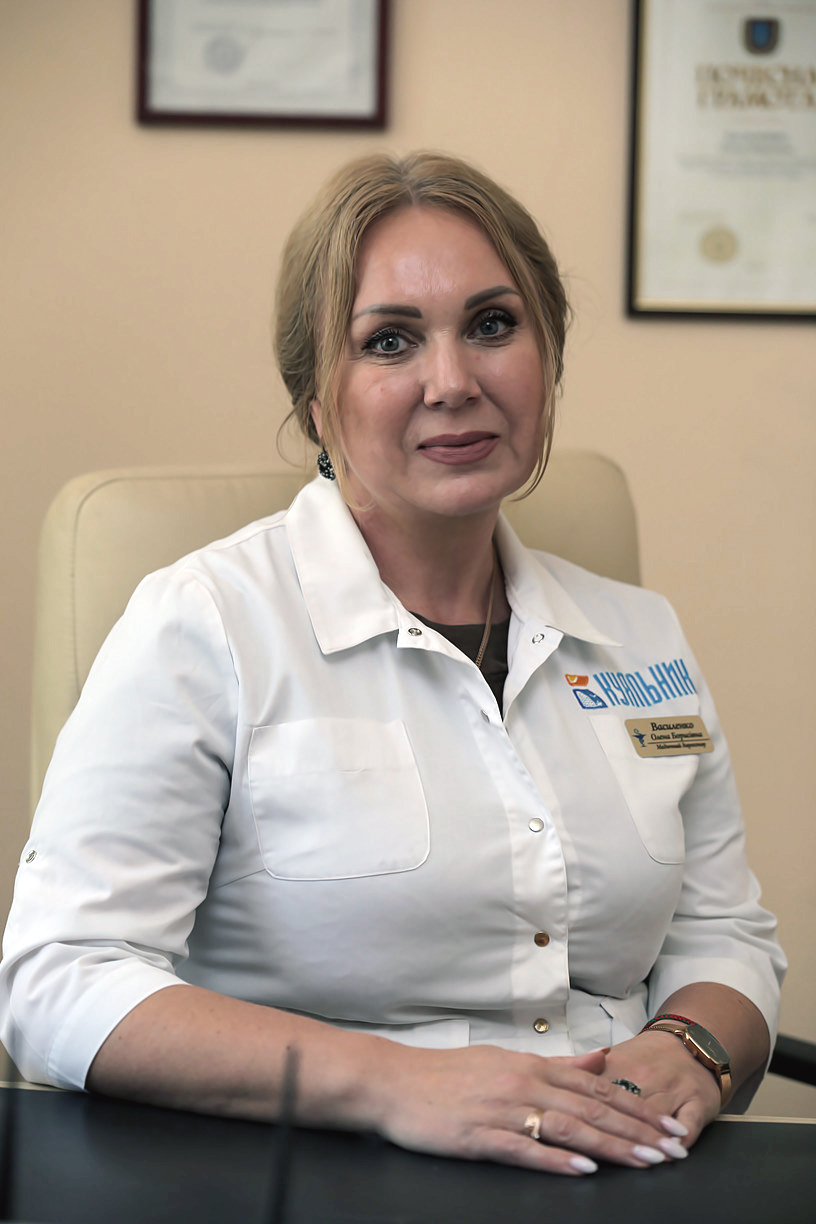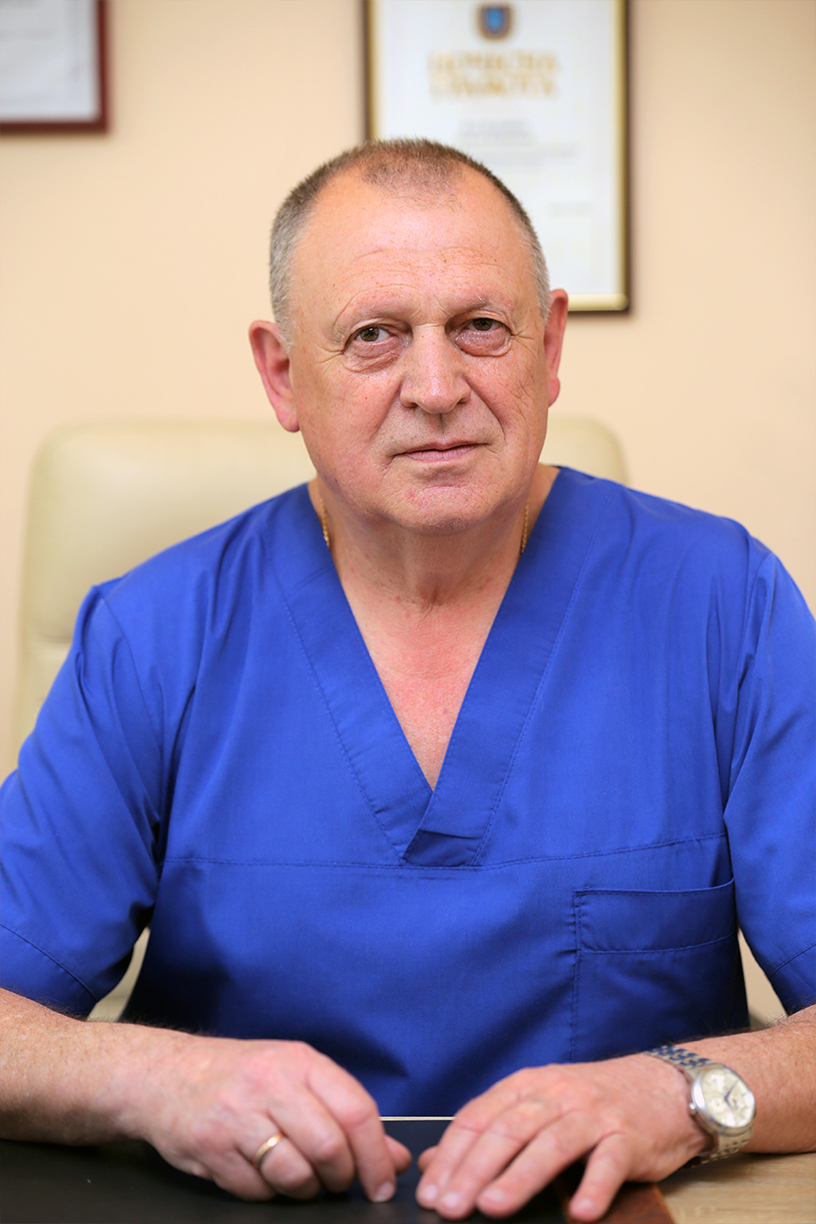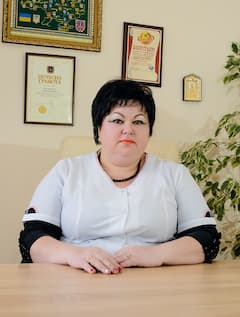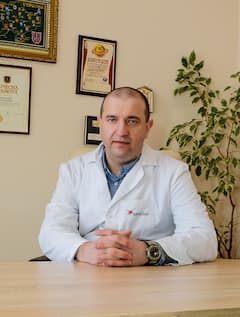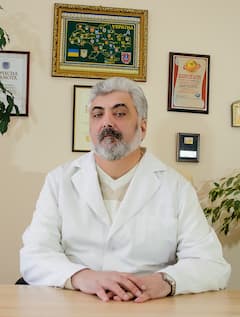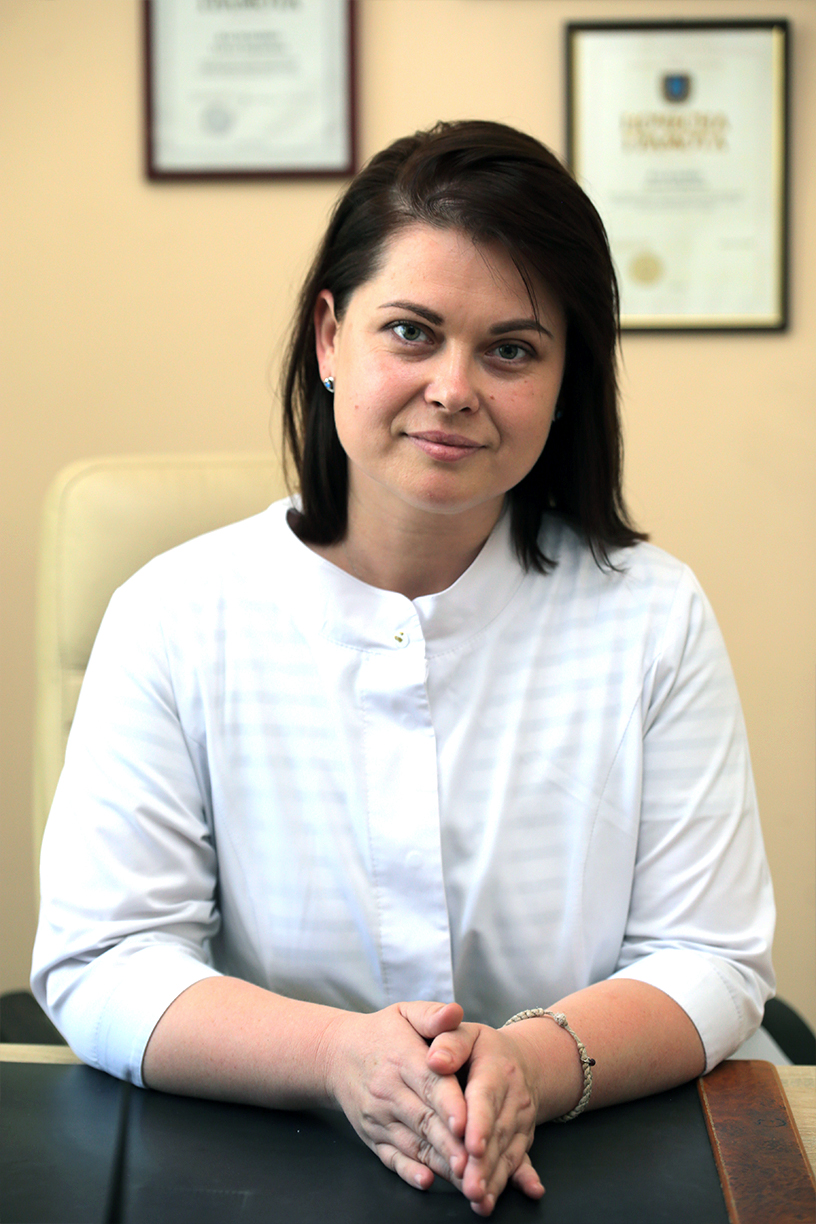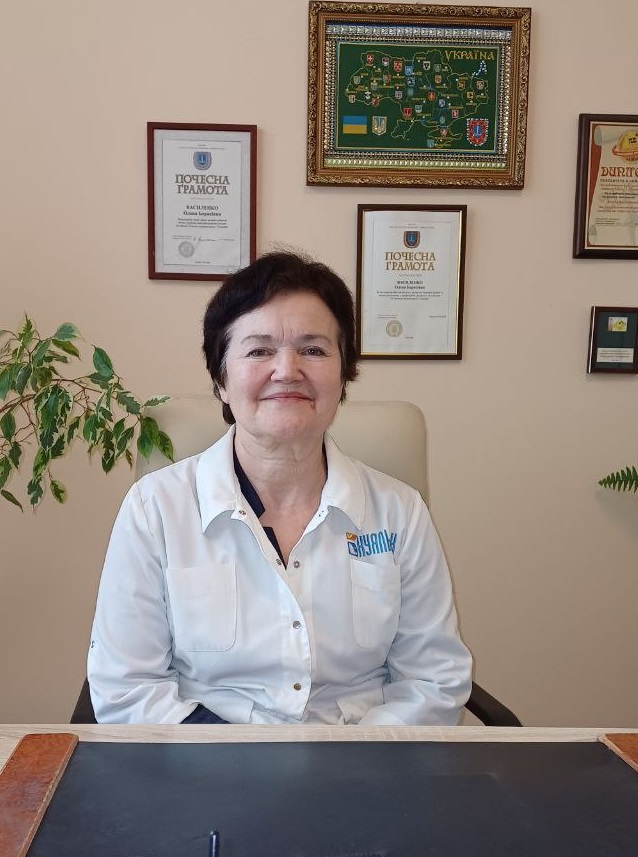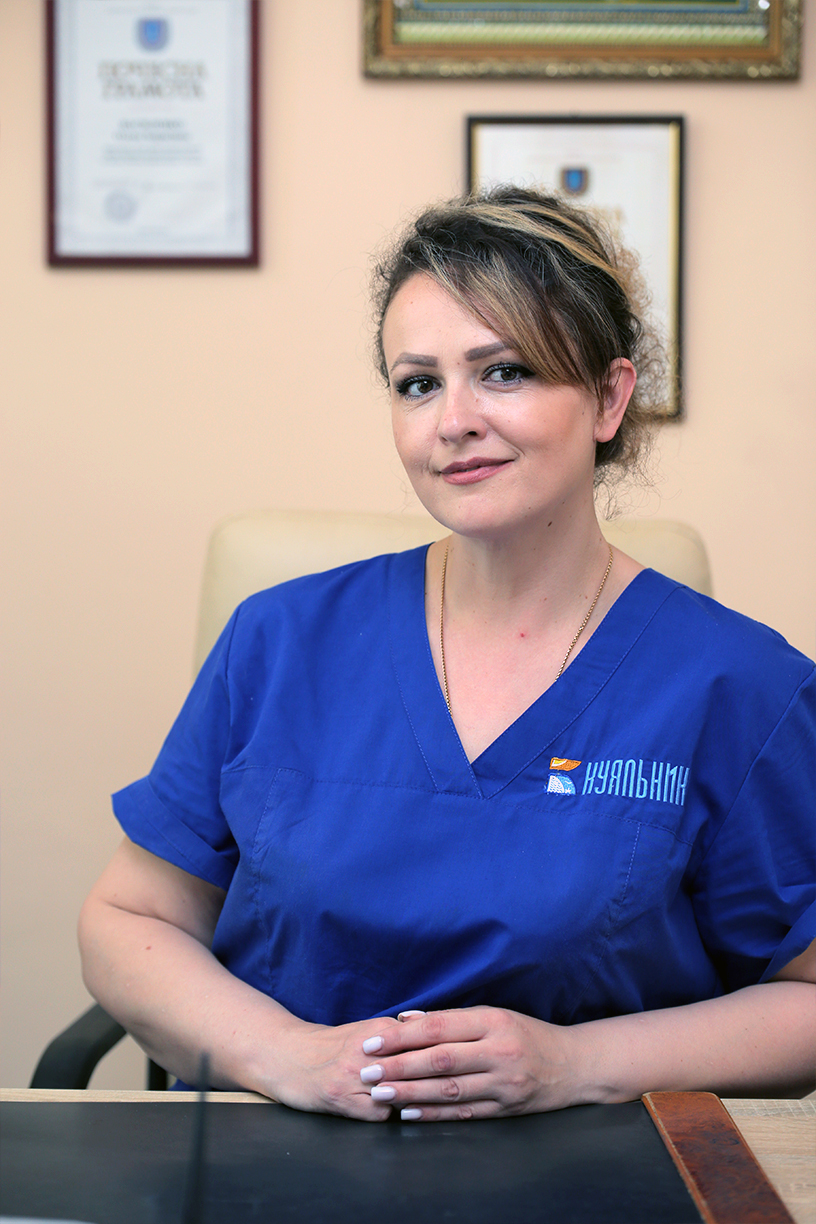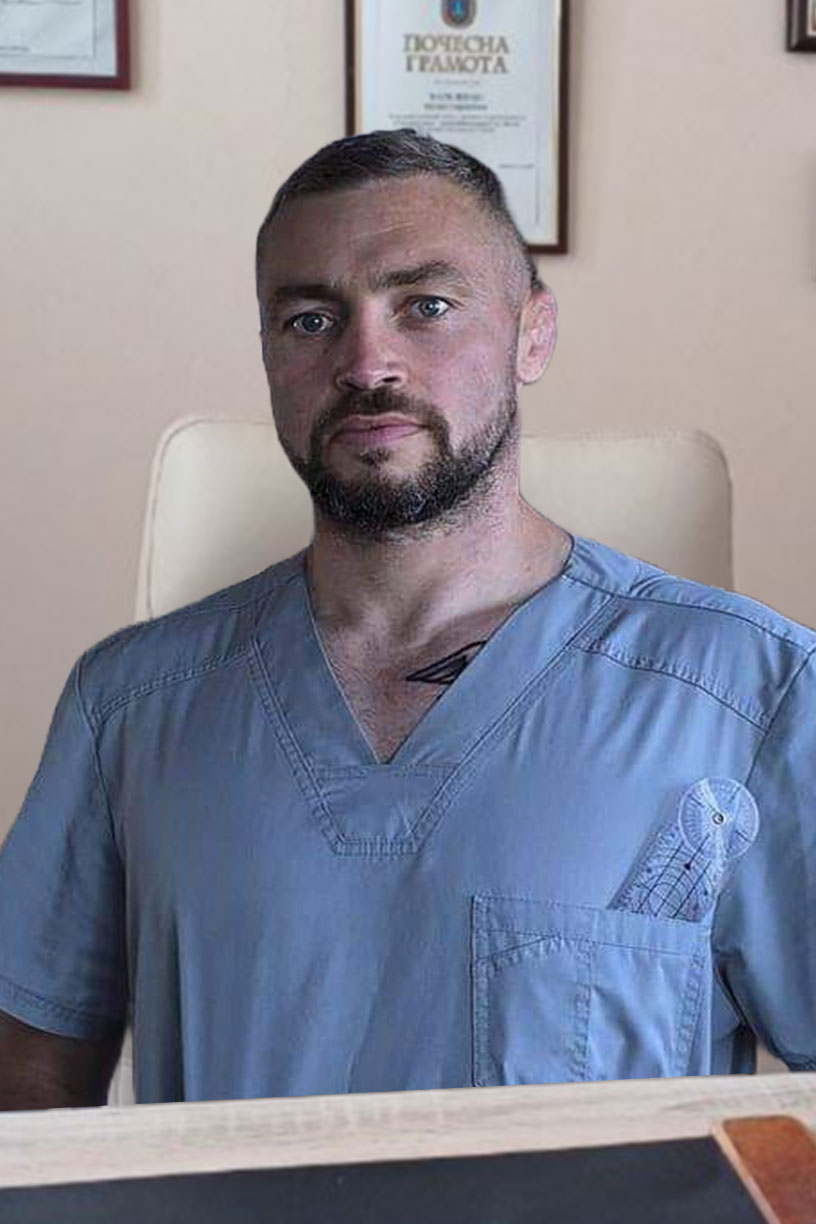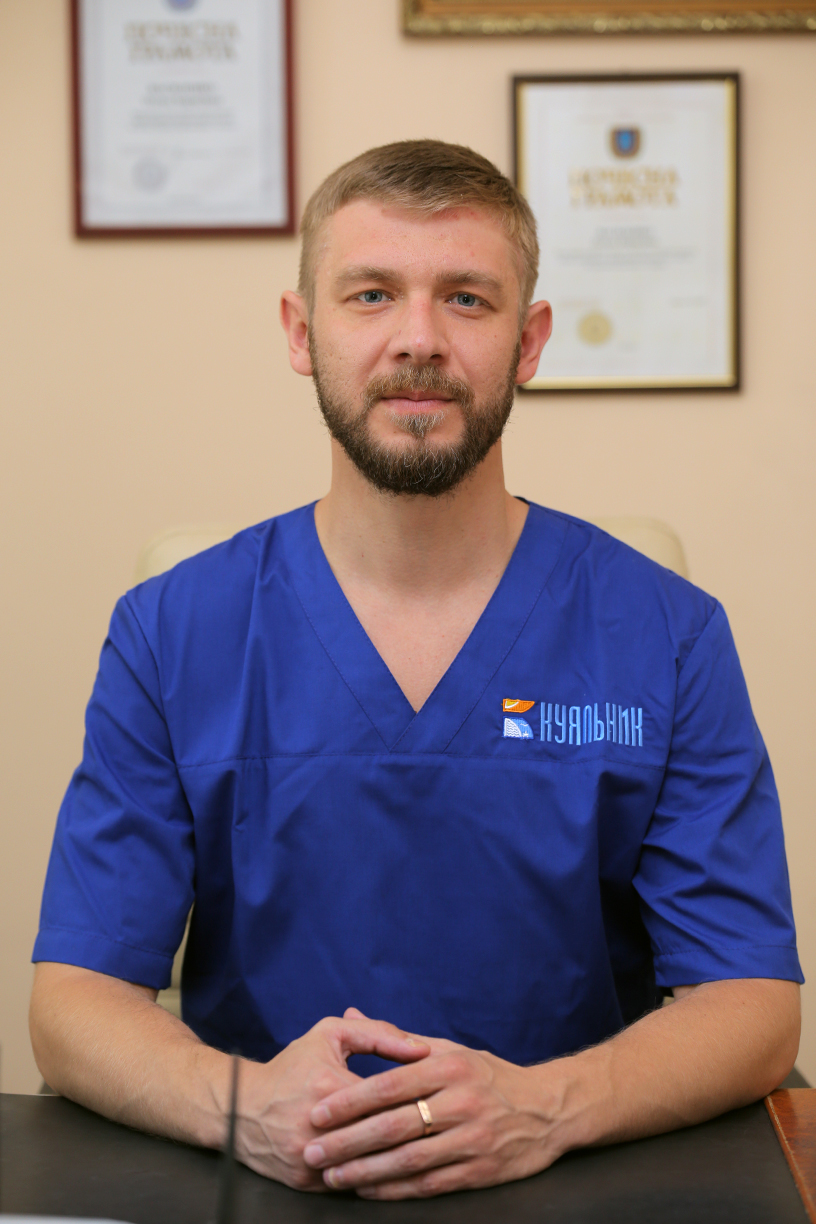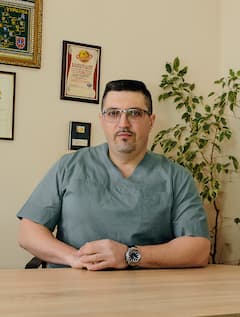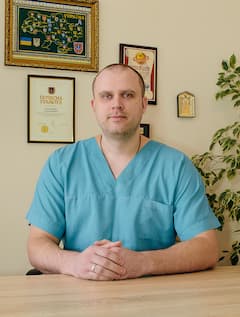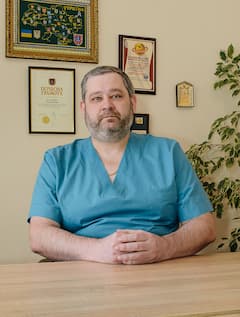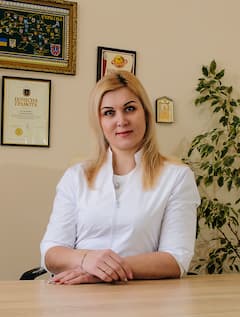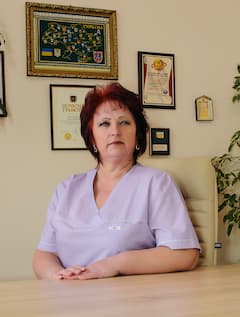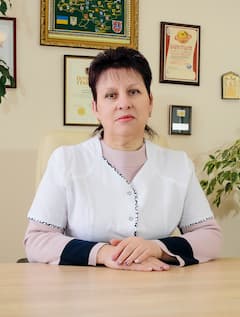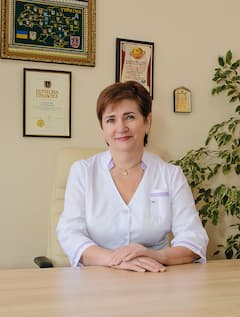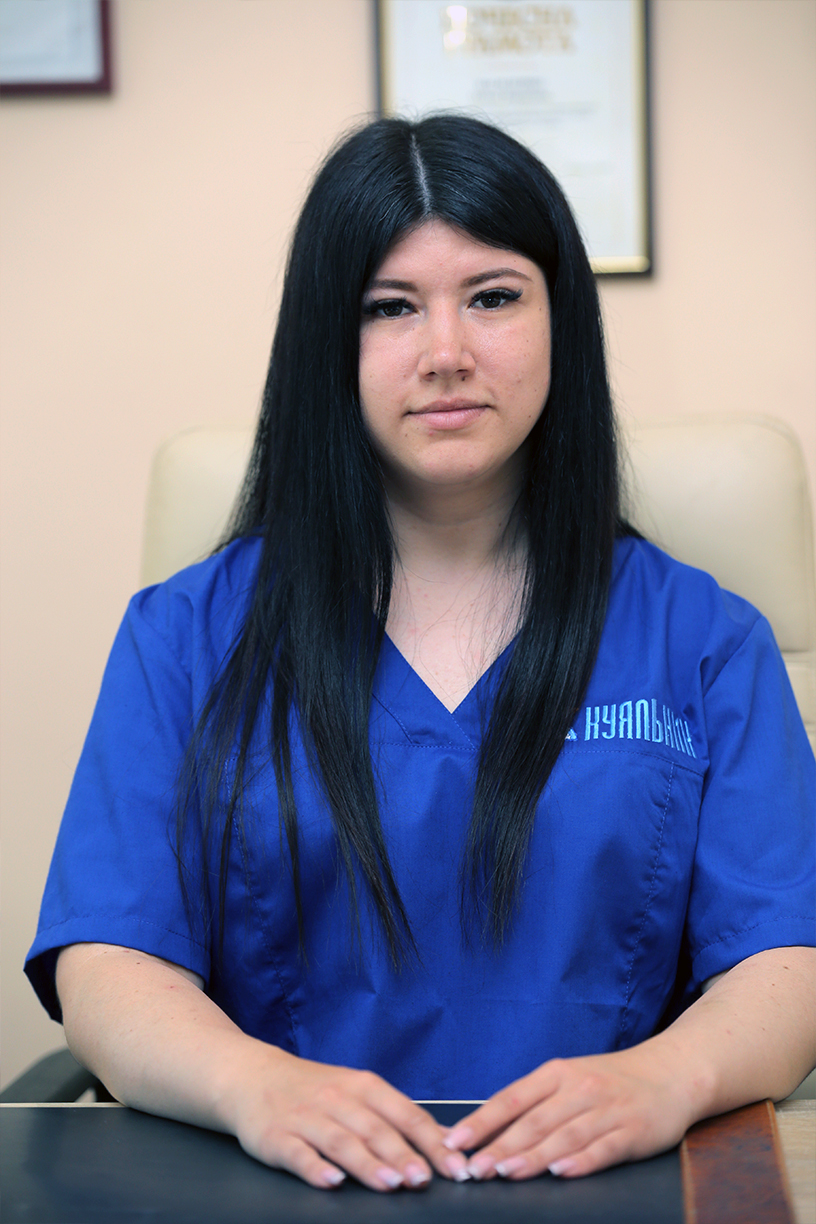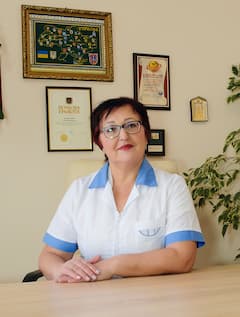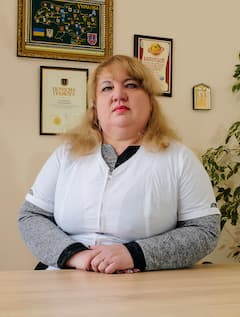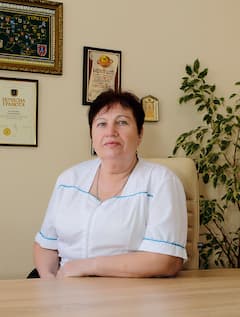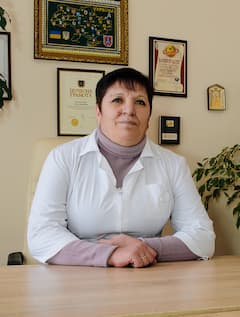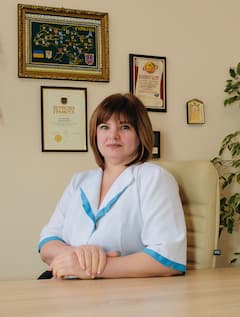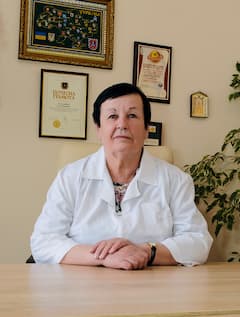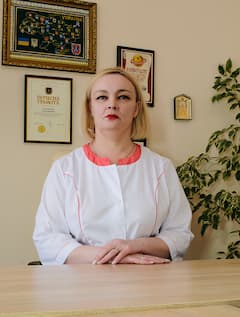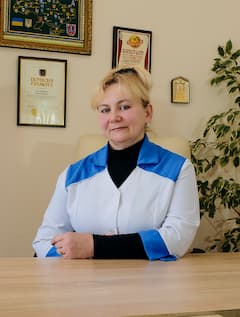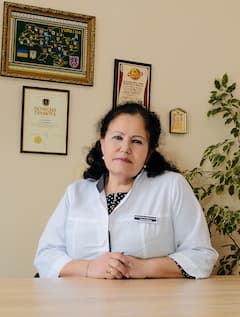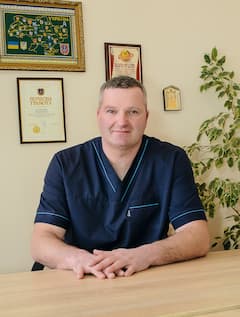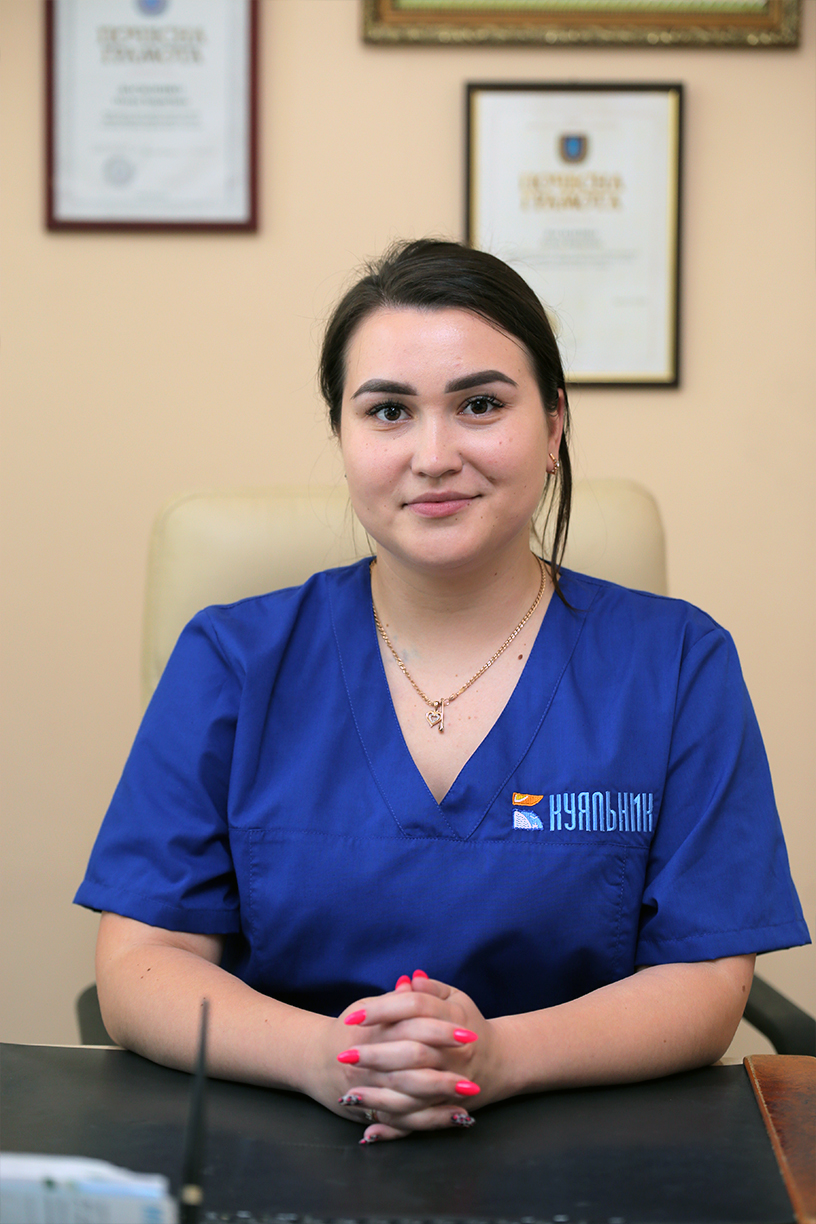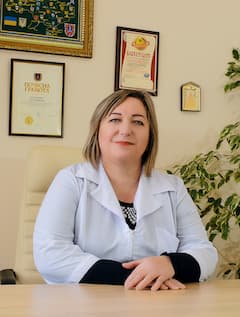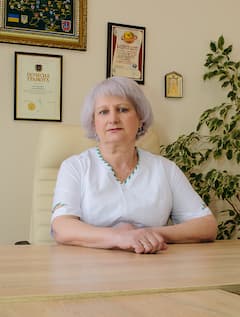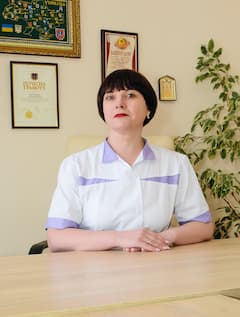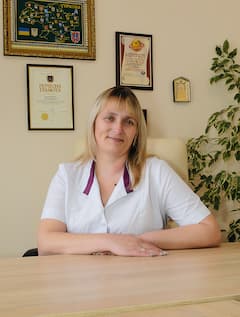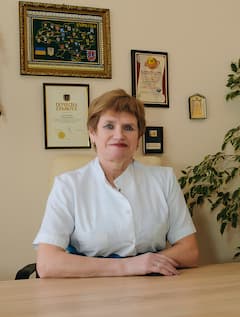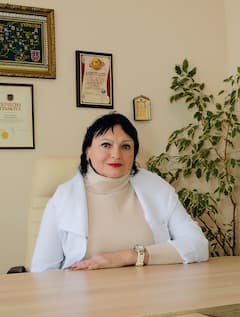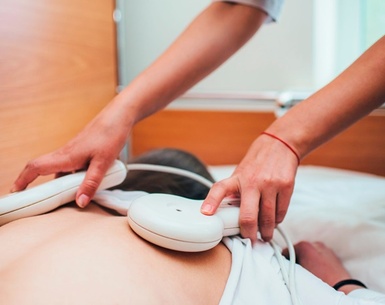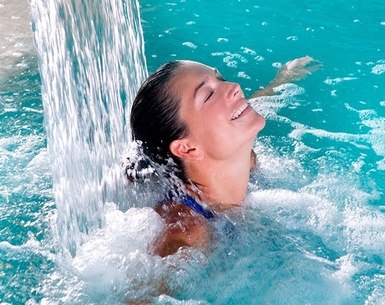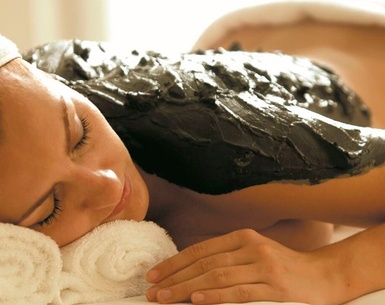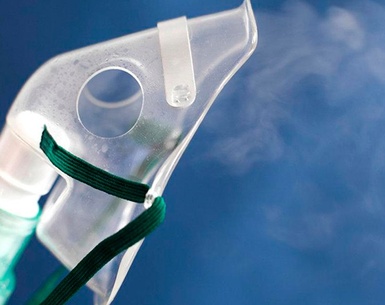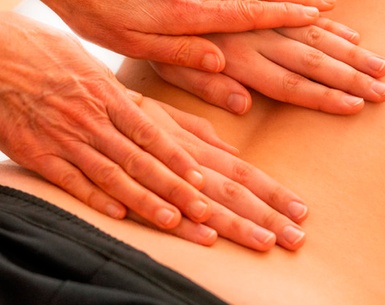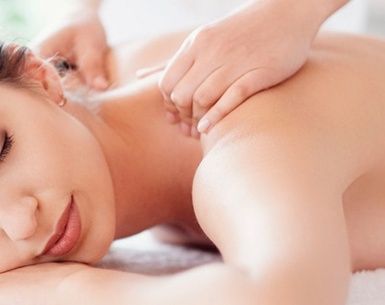Radiculitis is a peripheral nervous system disorder that arises from damage, inflammation, or compression of the spinal nerves. This condition can significantly deteriorate the quality of life, making timely treatment essential.
Causes of Radiculitis
The primary causes of radiculitis are pathological processes occurring in the spine:
- Spinal osteochondrosis: a degenerative disease that leads to the destruction of intervertebral discs.
- Herniated discs: protrusion of a disc that can compress nerve endings.
- Spinal curvature (scoliosis): causes uneven distribution of load on the spine.
- Uneven distribution of physical load: excessive physical exertion or poor posture can cause damage.
- Sedentary lifestyle: lack of physical activity leads to muscle weakness and deterioration of the spine.
- Vitamin and mineral deficiency: particularly important are B vitamins and magnesium.
- Frequent spinal injuries: can result from sports activities or accidents.
- Excess weight: increases the load on the spine and contributes to the development of pathologies.
Symptoms of Radiculitis
The most pronounced symptoms of radiculopathy include:
- Sharp, acute back pain: worsens with movement.
- Pain radiation: pain can spread to the lower limbs and other body parts.
- Restricted mobility: limited movement in the back and limbs.
- Sensitivity disturbances: sensitivity is impaired in the affected areas.
Diagnosis of Radiculitis
For an accurate diagnosis of radiculitis at the Pirogov Sanatorium, Kuyalnik Resort, a comprehensive examination is conducted, including:
- Neurologist consultations: a qualified specialist conducts an examination and prescribes necessary tests to determine the extent of nerve damage.
- Instrumental diagnostic methods: may include MRI, CT, and electromyography to assess the condition of the spine and nerve endings.
Treatment Methods at the Pirogov Sanatorium, Kuyalnik Resort
The Pirogov Sanatorium, Kuyalnik Resort, offers comprehensive treatment programs for radiculitis, including various therapeutic methods:
-
Balneotherapy:
- Underwater spinal traction: helps reduce pressure on nerve endings and relieve pain.
- Underwater massage: improves blood circulation, relieves spasms, and strengthens muscles.
- Brine baths: the use of mineral waters helps improve blood circulation and reduce inflammation.
- Hydrokinesitherapy: water exercises aimed at restoring mobility and strengthening muscles.
-
Mud Therapy:
- Mud compresses on affected areas: reduce inflammation and pain, promote tissue regeneration.
- Mud applications: have anti-inflammatory and analgesic effects.
-
Shock Wave Therapy:
- Used to stimulate blood circulation, reduce pain, and accelerate tissue healing processes.
-
Physiotherapy:
- Magnetolaser therapy: reduces inflammation and pain, improves blood circulation.
- Amplipulse: electrical stimulation to restore normal nerve function.
- Magnetotherapy: reduces inflammation and pain, improves blood circulation.
- Electrostimulation: restores muscle functions, improves their tone and strength.
- Interdin: a method of electrical stimulation that helps restore normal nerve function.
- Electrophoresis with pilodex: delivers medication directly to the inflammation site to enhance its effect.
- Ultrasound: deeply warms tissues, stimulating regeneration and reducing inflammation.
-
Therapeutic Physical Training:
- A set of exercises aimed at strengthening back muscles and improving spinal mobility.
-
Psychotherapy:
- Consultations with a psychologist help patients cope with the emotional stress associated with chronic pain.
-
Ozone Therapy:
- The use of ozone to improve oxygen exchange in tissues and reduce inflammatory processes.
-
Diet Therapy:
- Development of individual nutrition plans to improve overall health and reduce weight, thereby decreasing the load on the spine.
-
Massage Procedures:
- Classic massage: helps relax muscles, improve blood circulation, and reduce pain.
- Point massage: affects specific points on the body to relieve tension and improve well-being.
Benefits of Treatment at the Pirogov Sanatorium, Kuyalnik Resort
The Pirogov Sanatorium, Kuyalnik Resort, offers highly effective radiculitis treatment programs due to the following benefits:
- Highly qualified specialists: experienced doctors and therapists develop individualized treatment plans for each patient.
- Unique natural resources: the use of therapeutic muds and mineral waters from the Kuyalnik estuary.
- Modern equipment: application of the latest physiotherapy and hardware treatment methods.
- Comprehensive approach: combining various therapy methods to achieve maximum effect.
- Individual approach: each treatment is tailored to the specific needs and characteristics of the patient.
Effectiveness of Resort Treatment
The comprehensive approach to treating radiculitis at the Pirogov Sanatorium, Kuyalnik Resort, ensures prolonged remission and significant improvement in patients' quality of life. Resort treatment helps restore spinal function, reduce inflammation, and strengthen overall health.

